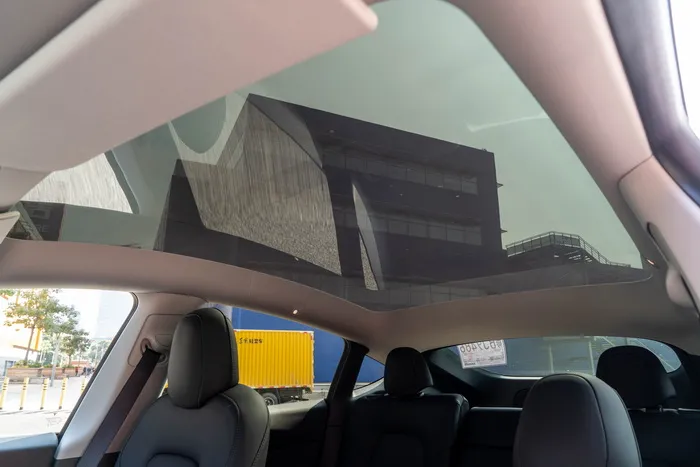Author: Master
Since I don’t know when, it seems that there are more and more fancy configurations appearing on cars that have more flash than practicality. For example, as the benchmark for new energy vehicles, Tesla, which has been constantly imitated, has equipped its first four-door sedan Model S with a split skylight without a sun visor. On the latest Model Y, it has turned into a whole piece of glass that covers the entire passenger compartment.
The lighting is good, the vision is broad, and it can effectively increase the space of the head for new energy vehicles whose longitudinal space is occupied by batteries. However, I believe that everyone who has ridden in such a car under the scorching sun will heartily sigh with “heat”.
To address this situation, Tesla’s current solution is: removable sunshade…
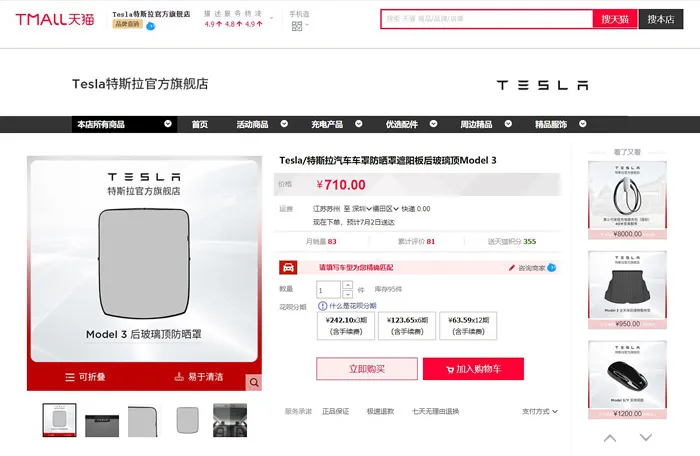
In the flagship store of Tmall, sunshades suitable for various car models can be found. I won’t comment on the prices, although the installation difficulty is not great, but… no one will take it apart and install it repeatedly just to watch the stars for a while at night, right? No way?
So the actual result is that many car owners, once installed, basically never take it apart again, and basically lose the meaning of equipping a panoramic sunroof, and the thin layer of fabric has limited heat insulation effect.
Compared with Tesla’s “simple and rude” method, our own brand models are more thoughtful in this regard. A new configuration has appeared on recently launched models such as the Voyah FREE, GAC Aion S Plus, and the upcoming Zeekr 001 — adjustable skylight.
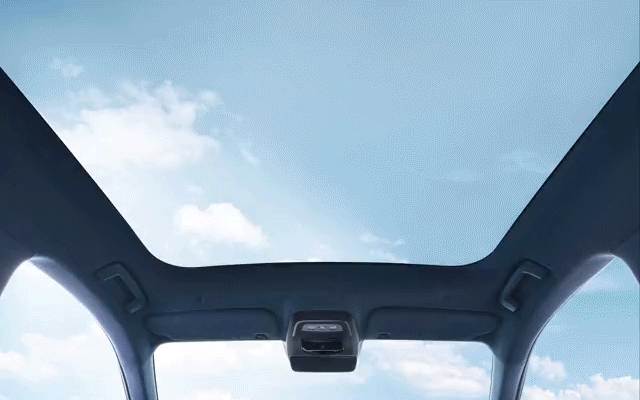
What is an adjustable skylight?
An adjustable skylight is a skylight made of adjustable glass. That is, certain materials are added to the glass, and the transparent and opaque states of the glass are switched according to different control methods and principles, such as electronic control, temperature control, light control, pressure control, etc.
In fact, dimmable glass was invented in the late 1980s in the 20th century, but the initial cost was very high, and only a small amount was used in the glass curtain walls of the construction industry and other fields.
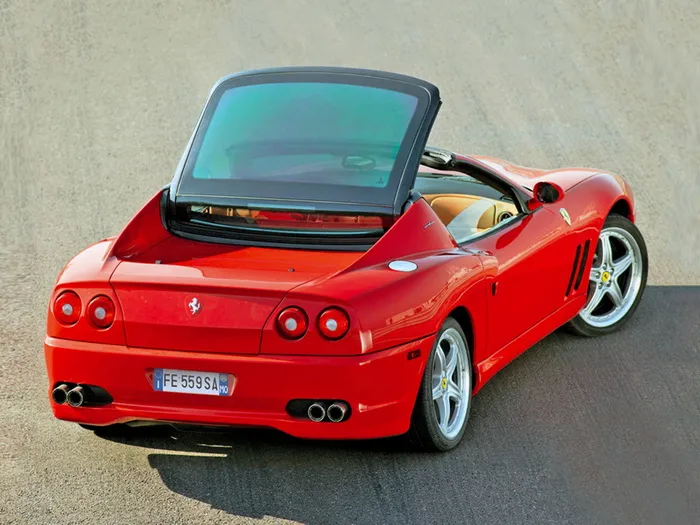
With the synthesis of new organic electrochromic materials and the preparation of electrochromic devices becoming increasingly active, the cost has continued to decrease. In 2005, the windshield and roof glass of the Ferrari 575M Superamerica sports car were the first to adopt electrochromic technology.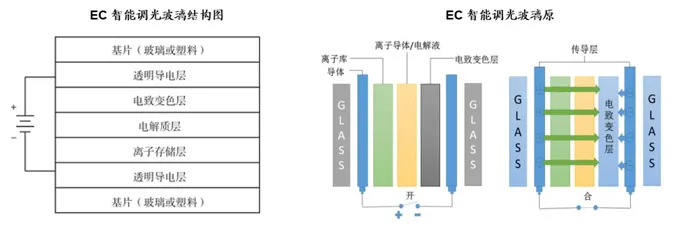
In July 2008, Boeing’s 787 aircraft began to use electrochromic technology on its cabin windows. The dimming film and film in the middle not only block more than 99% of UV rays and most infrared rays, but also have sound insulation, and can block the transmission of some noise and heat radiation.
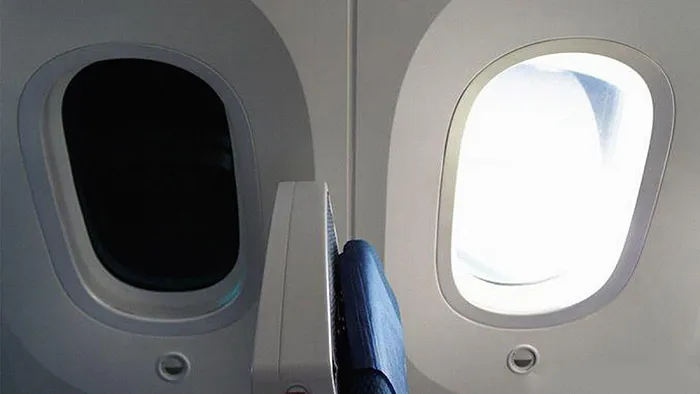
Friends who have sat in the window seat of a Boeing 787 know that even if you are in the cloudless stratosphere and the sunlight is shining directly on you, as long as you darken the window, you will not feel much heat.
PDLC Dimming Glass
Today, the dimming glass used in ordinary civilian cars can be divided into two types of solutions, including PDLC (polymer-dispersed liquid crystal) and EC (electrochromic).
Voyah FREE and the domestically produced Harrier (Ruijie) soon to be introduced by FAW Toyota use the PDLC dimming solution. This is a type of solution that is applied earlier and is more mature, and is more commonly used in high-end bathrooms or offices that emphasize privacy protection.
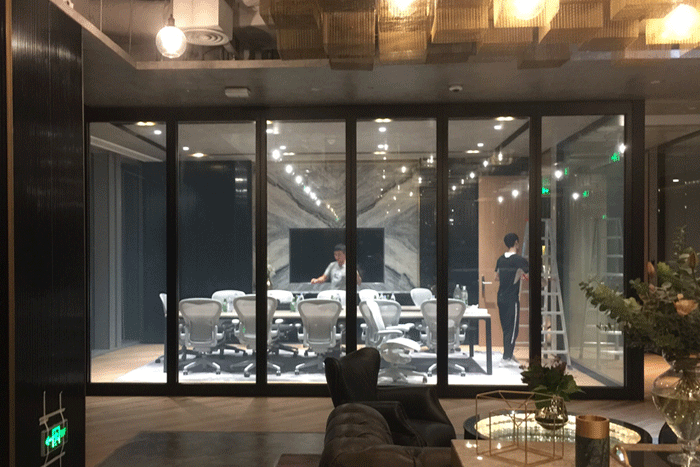
The principle is to composite a liquid crystal film into the middle of two layers of glass. When the dimming glass is energized, the liquid crystal molecules inside are orderly arranged, and the light can pass through, appearing transparent.
When the power is turned off, the liquid crystal molecules will be irregularly scattered, causing the incident light to scatter, appearing translucent and opaque, forming an effect similar to “frosted glass”.
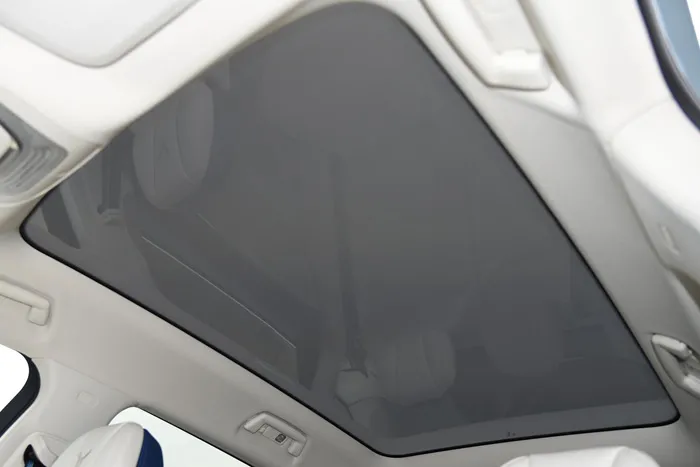
The intelligent adjustable panoramic sky roof in the special luxury package of the Voyah FREE
Simply put, although you cannot see anything through the glass, it cannot be made very dark. When you want it to be transparent, the transparency will also be affected by the haze of the liquid crystal film, so it doesn’t look particularly clear.
Moreover, regardless of whether it is powered on or off, its insulation effect is relatively limited. Although PDLC is a double-layer glass, the problem of UV isolation is not great in itself, but in order to have good infrared insulation and heat radiation insulation, a low radiation coating must be added.
EC Electrochromic GlassThe panoramic roofs on GAC AION S Plus and Xpeng P7 are equipped with the third generation of EC electrochromic technology, which shares the same underlying mechanism with the dimming windows installed on Boeing 787, but uses flexible solid-state electrolytes instead. This technology harnesses the polarity and intensity of external electric fields to trigger reversible oxidation or reduction reactions, allowing materials to vary from transparent to opaque.
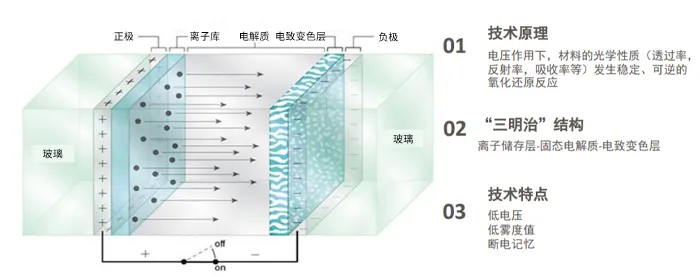
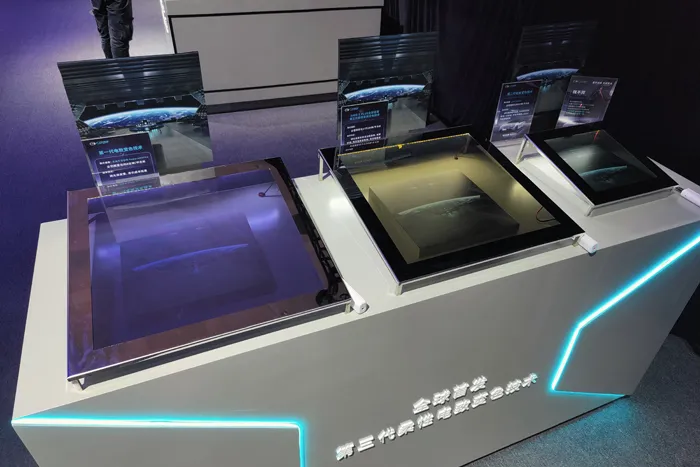
Compared to the first generation using viologen and the second generation using liquid electrolytes (applied on Boeing 787), the latest technology boasts tremendous progress with regards to haze value, dimming range, energy consumption, smooth regulation, operating voltage, and product durability, making it more applicable in automotive products and more reliable.
For instance, the panoramic glass roof of GAC AION S Plus, supplied by Fuyao, offers an area of 1.9 square meters that can switch between 10 bright levels, with a transition time of less than 100 seconds from the brightest to the darkest setting. Regardless of brightness, the overall haze value remains below 1.5%, enabling you to appreciate the starry sky at night.
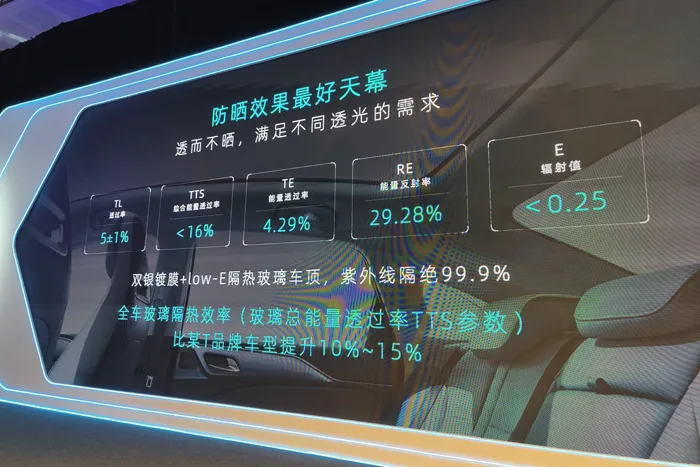
Furthermore, the roof features a double silver coating and low-radiation glass that blocks 99.9% of the UV radiation and reduces the overall light transmittance to only 5% at maximum dimness, thus resulting in a very low”Total Solar Transmittance (TTS)” that represents the heat from direct solar transmission and radiation through the glass, which is less than 16%.
For comparison, even the darkest series of WVIL tint films (K15) commonly used in luxury cars have a translucency of 18% and a TTS value of 40%. This shows the superior characteristics of the electrochromic panoramic roof.
However, the third-generation electrochromic panoramic sunroof is not perfect. After all, you get what you pay for. For both of these new cars, the electrochromic sunroof is an optional configuration. The optional price for the GAC Aion S Plus is 9,600 yuan, and the delivery time will be delayed until October this year.
But if you do not choose it, you will only be equipped with ordinary dark glass, which also lacks a sunshade and reduces its shading and heat-insulating capabilities.
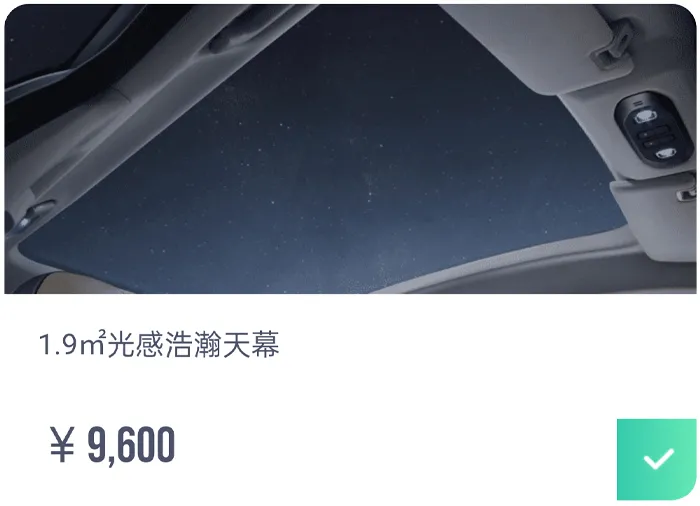
Before the deadline, JiKe also confirmed that the electrochromic sunroof will be an optional configuration (including the YOU edition), but the specific price has not yet been announced. My personal estimate is that it will be similar to the price of the AION S Plus.
In conclusion
The adjustable electrochromic panoramic sunroof is indeed a highly technical and good thing, but somehow it feels like solving a “problem that should not have existed in the first place.” At present, the high cost makes it impossible for car companies to list this configuration as standard equipment, especially for non-luxury brand models. For ordinary consumers, how many people are willing to pay nearly 10,000 yuan extra for it?
But no matter what, we should support the progress of technology. With the improvement of mass production scale in the future, costs will definitely continue to decrease. If you do not attach great importance to “the sooner you buy, the sooner you enjoy,” let us look forward to the day when this technology becomes a standard configuration as soon as possible.
This article is a translation by ChatGPT of a Chinese report from 42HOW. If you have any questions about it, please email bd@42how.com.
